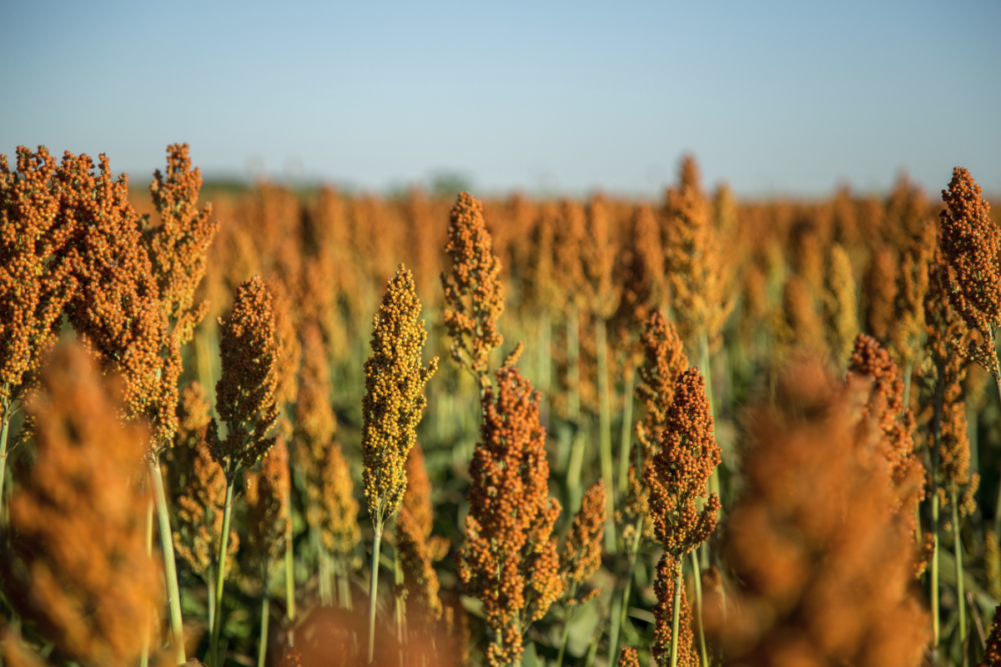WASHINGTON, DC, US — The US Grains Council (USGC) participated in an exploratory trade mission to India that spanned six cities and focused on opportunities for US sorghum.
The mission was done in conjunction with the United Sorghum Checkoff Program (USCP) and the National Sorghum Producers. Meetings during the mission focused on sorghum for human consumption, industrial starch extraction, feed grain applications and ethanol production.
“India’s historical use of sorghum in human diets and familiarity with its nutritional benefits provide ample opportunities for inclusion in India’s burgeoning snack food market,” said Jace Hefner, manager of global trade at the USGC.
India is facing a potential coarse grain shortage brought on by its growing demographic, below-average monsoon rains and growing corn consumption for animal feed and industrial uses, the USGC said. Current Indian import bans of genetically modified (GM) ingredients and a deep cultural history of sorghum use indicate potential for US sorghum to remedy increasing coarse grain scarcity.
US sorghum’s tannin-free characteristics were of particular interest to the Indian feed manufacturing industry.
The delegation conducted a full analysis of the Indian food sorghum market and supply chain, including visits with small-scale farmers cultivating jowar (Indian sorghum), as well exploring opportunities for inclusion in higher-end food products.
US sorghum’s tannin-free characteristics were of particular interest to the Indian feed manufacturing industry. The high tannin content of Indian jowar historically has limited its use in animal feed, and the Indian feed industry is unaware of US sorghum’s differentiating value.
The team also spent time touring a starch processing plant, where they were able to present prior research funded by the USCP. The research, conducted at the University of Illinois, showcases sorghum’s superior starch yields compared to Indian corn, which is currently the sole raw material for Indian starch manufacturers.
On the final day, the team promoted US sorghum’s use in ethanol manufacturing. India is currently facing many environmental challenges and recently has mandated an E20 blend policy to be achieved by 2025-26. To achieve this goal, India is looking for feedstocks that are not only affordable, but that also minimize environmental impacts.
“Sorghum stands out as a low-carbon feedstock with several key attributes that make it an ideal choice for sustainable ethanol production in India,” Hefner said. “Sorghum’s lower requirements for water consumption, minimal fertilizer needs, and low-carbon production requirements make it a desirable solution to support India’s climate goals through renewable fuels.”
The Council said it will continue to share with India’s industry leaders the merits of US sorghum inclusion across all applicable sectors.
“This was a great first step toward securing opportunities for US sorghum in the Indian market,” said Norma Ritz Johnson, executive director of the USCP. “We saw several instances where sorghum’s value proposition has potential to deliver solutions, and we are excited to see what the future has in store.”





